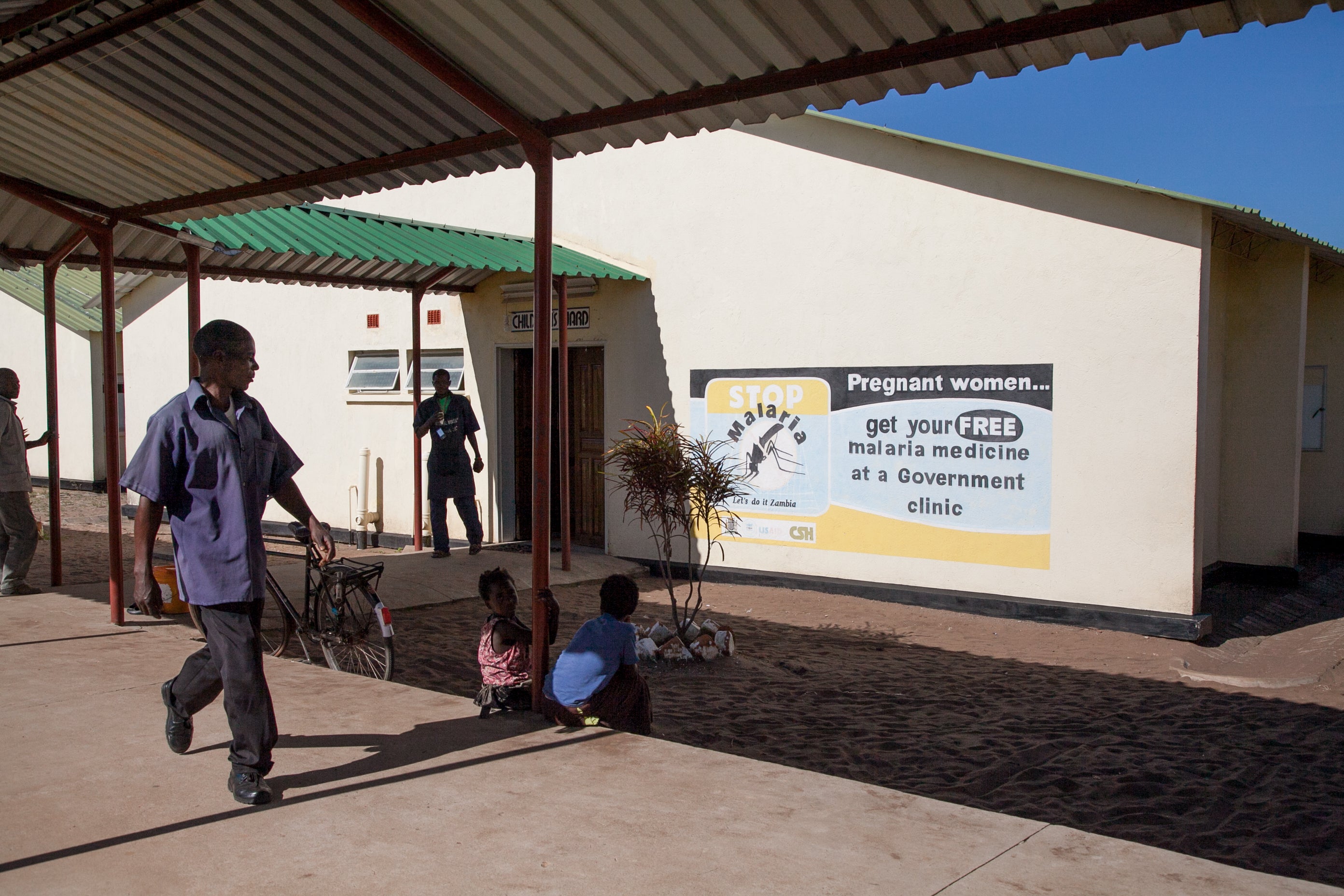
Key Points
Zambia’s reforms built a health system that prioritizes the efficient, equitable delivery of primary health care (PHC) services working through three main pathways:
- The first pathway enabled financial flows, strategic planning, and the increased use of local data.
- The second improved staff productivity and attitude through incentives, particularly for community health workers.
- The third enabled close-to-community service delivery by improving access to care, facility readiness, and outreach-based service delivery models.
Because PHC is a complex system with many inputs, PHC reforms must likewise be multifaceted. Crucially, the reforms Zambia made to its health system were interactive and complementary: they refined and built on one another over time, and they depended on one another’s accomplishments for their success.
Three pathways for health system reform in Zambia
In Zambia, Exemplars research identified three ways (or pathways) through which reforms have over time improved PHC outcomes. Reforms are often complex, with multiple components, and thus they can often operate using multiple pathways. Indeed, efforts to reform primary health care in all the Exemplar countries were interactive and complementary, and they evolved and built on one another over time.
The prioritized and coordinated PHC spending. Reforms on this pathway enabled the predictable flow of sufficient financial resources to frontline facilities and providers for regular service delivery. They also strengthened capacity for planning, oversight, coordination, and data-driven decision-making across system levels.
The focused on optimizing the health workforce. Reforms on this pathway improved working conditions and incentives for service providers, especially community health workers, and increased the efficiency of their work.
The improved access to care and service utilization. Reforms on this pathway brought health services closer to the community and decreased geographic and financial barriers to care.
Figure 7 shows the sequence of key PHC system interventions in Zambia since 1990.
*: Indicates where intervention has lower strength of evidence with regards to PHC performance and efficiency. Intervention retained in timeline to provide additional context.
Figure 7: Zambia intervention timeline
Zambia Intervention Details
Health system improvement cannot happen overnight. Over the Exemplars study period, Zambia invested in its PHC system in roughly three steps:
- In the early years of its PHC strengthening process, Zambia’s efforts focused on building foundations for governance and financing: defining roles, enhancing coordination and planning at the central and district levels, introducing performance-based financing, and establishing information systems.
- In the second phase of its PHC strengthening process, Zambia’s efforts focused on improving access to health services and facilitating care delivery: service delivery outreach, infrastructure expansion, and equitable financing mechanisms for service delivery and a well-equipped workforce.
- Most recently, Zambia’s efforts have focused on further expanding access through community outreach, the removal of user fees, and the promotion of workforce sustainability.
However, these too were not discrete steps and each set of interventions built on and refined the ones that preceded it. Together, they aimed to boost efficiency in health resource allocation and to improve coverage for key primary health services nationwide.
